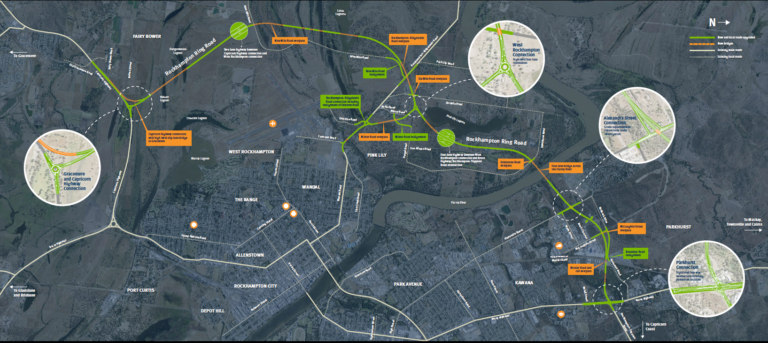
Road and rail intermodal terminal to bring jobs to Darling Downs
The Queensland Government has announced a new road and rail intermodal terminal near Toowoomba, which is expected to create jobs in the Darling Downs.
The project, which is supported by the Queensland Government with $12.6 million in loan funding, will be built at InterLinkSQ in Charlton.
Queensland Deputy Premier and Minister for State Development, Steven Miles, said the project will support 36 construction jobs.
“This $16.1million terminal will provide better facilities for firms to transfer freight between trucks and trains using highly efficient multi-modal connectivity,” Mr Miles said.
“The first phase of developing the terminal will lead to lower transport costs and flow-on economic benefits to the transport and logistics sectors throughout the region and beyond.
“InterlinkSQ will engage global shipping firm Seaway Intermodal to lease and operate the Terminal.
“Local producers and exporters will be able to reduce transport-related costs, consolidate goods and then transport them in bulk by road or rail.”
The proponent, Interlink Global Logistics, will contribute the remaining $3.5 million for the $16.1 million project.
Mr Miles said the scope of works to be undertaken includes new rail infrastructure, 1.7ha of hardstand for loading and unloading operations and container storage, entrance roads connecting to council’s road network, earthworks, electrical infrastructure, and office blocks.
“Continued development of the 63ha terminal over the next 15 years will provide space for cold storage, warehousing, food and manufacturing facilities, container hardstand areas, including development of 39 hectares for multi-purpose industrial use,” Mr Miles said.
“When the project is completed, it is expected to support the development of a further 400ha of industrial zoned land beyond the InterlinkSQ development.
“This land is strategically and conveniently located between the InterLinkSQ Intermodal Terminal Project site and the Warrego Highway/Toowoomba Second Range Crossing and will become a key distribution hub.”
Interlink Global Logistics Chairman, John Dornbusch, said the loan co-investment from the State Government ensures that the strategically located InterLinkSQ intermodal terminal at Charlton will be constructed to benefit producers and logistics operators and create a legacy of jobs well into the future.
“The terminal will provide seamless connectivity to the Port of Brisbane via the existing Queensland Rail owned West Moreton Rail Line and will have in excess of 3km of frontage to the proposed Inland Rail alignment,” Mr Dornbusch said.
“Manager of the terminal, Seaway, is excited to offer new efficiencies in domestic and global logistics for our region and our state.”
The proponent expects to commence construction as early as the first quarter of 2022, with construction complete in the last quarter of 2022.
Read more about the Building Acceleration Fund (BAF) here.








